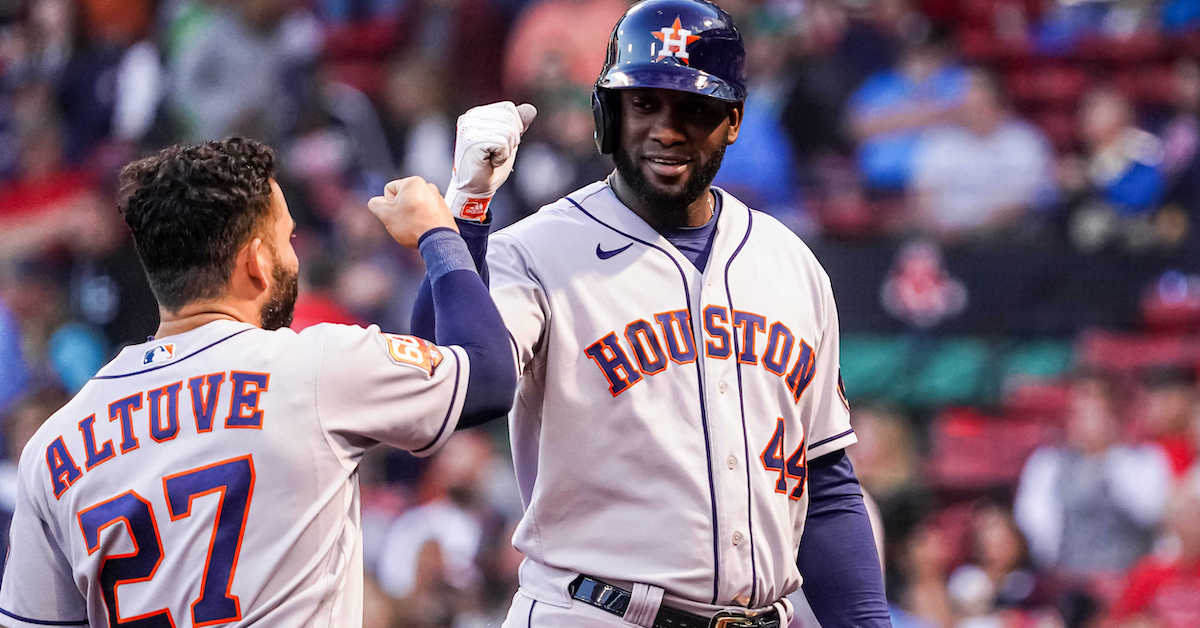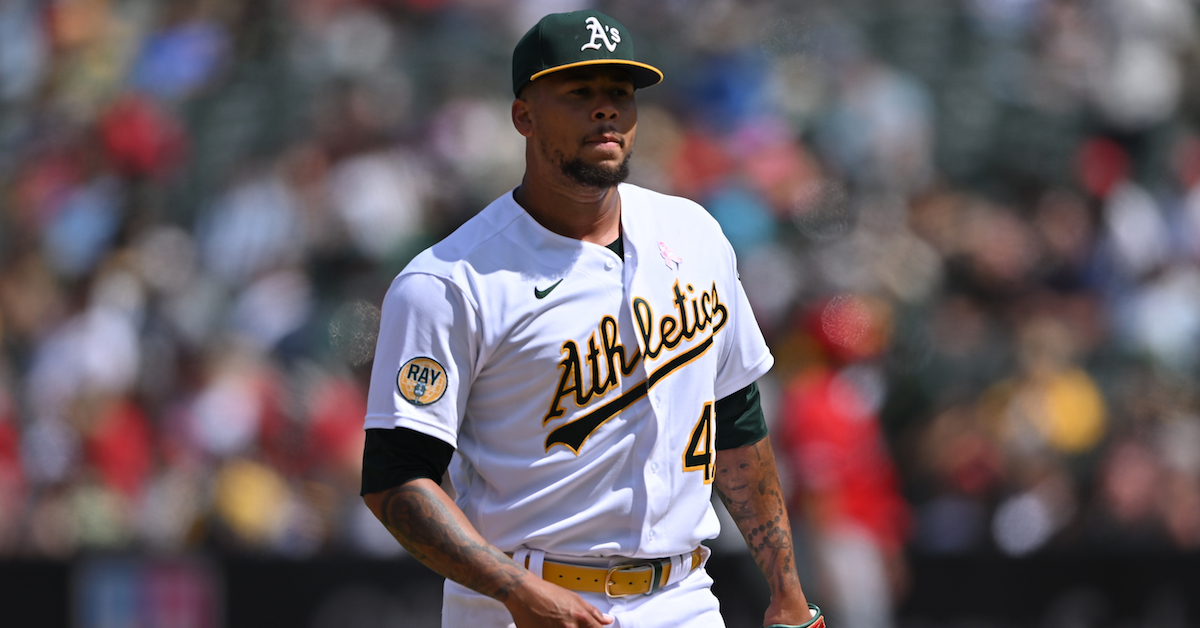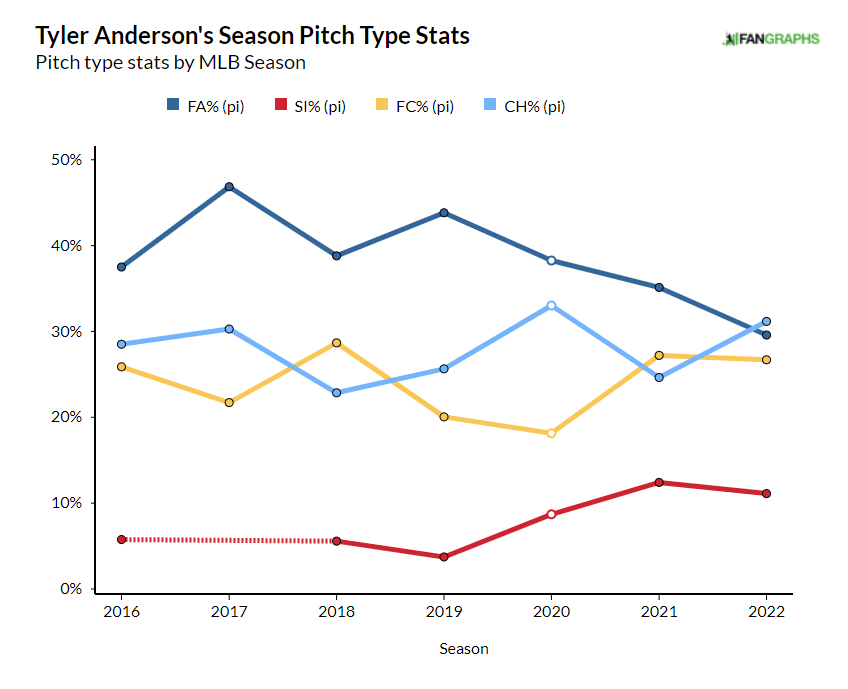Alex Bregman Talks Fixing His Swing, How Pitchers Approach Him, and More

Alex Bregman has a reputation for being a studious hitter. Moreover, he has a well-earned reputation for being a productive hitter. The 28-year-old Houston Astros third baseman boasts a .371 wOBA and a 139 wRC+ in just over 3,000 career plate appearances. At his best, he’s been a beast; in 2019, he slugged 41 home runs and slashed a robust .296/.423/.592.
Recent seasons have seen Bregman perform below his pre-pandemic standards, but even with the downturn he’s been putting up solid numbers. His wRC+ since the start of the 2020 season is equal to this year’s 117. Still in his prime from an age standpoint, he remains a feared hitter in the middle of the Houston lineup.
Bregman talked hitting when the Astros visited Fenway Park in mid-May.
——-
David Laurila: How would you describe your approach to hitting?
Alex Bregman: “The most important thing is knowing what kind of hitter you are [and] knowing what’s going to make you successful. I think that swinging at pitches you can do damage with is extremely important. I think that taking pitches that you can’t do damage with is extremely important. In my best years, I’ve swung the least, while in my worst years I’ve swung the most. I’ve put balls in play that I shouldn’t be putting in play, because they weren’t pitches that I can do damage on.”
Laurila: How can a hitter go about controlling that? A swing decision is something that happens in a blink of an eye.
Bregman: “Good hitters can recognize when pitches are coming into that zone. They can do that early and be able to make a decision, ‘yes or no,’ pretty quickly.”
Laurila: Does a hitter’s hot zone ever change? Read the rest of this entry »









